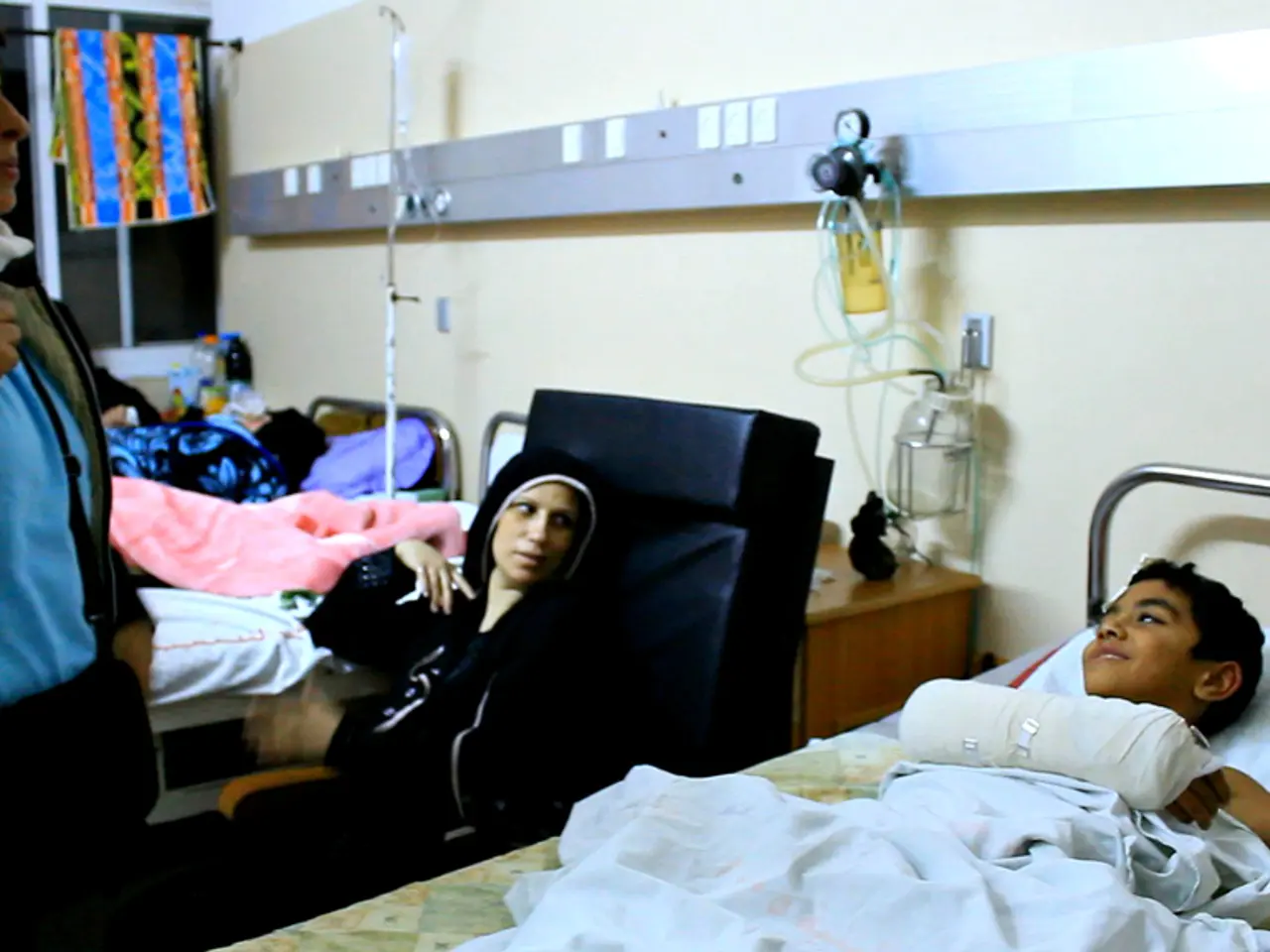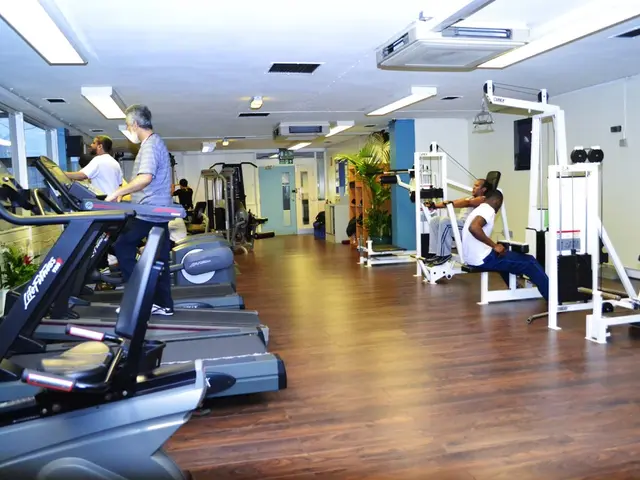Improved Efficiency of Nurse Tasks through Remote Patient Supervision
In recent times, there has been a notable increase in Remote Patient Monitoring (RPM) claims, a trend that signifies a growing integration of RPM technologies in healthcare. This shift is driven by a rising adoption from both patients and providers, fueled by supportive reimbursement policies and a formalization of RPM billing and reporting requirements [1][4].
Since early 2023, there has been a mandate for the inclusion of telehealth technology use on home health claims, with specific CPT and G-codes for RPM services [1][4]. This formalization has contributed to the renewed momentum in integrating devices, telehealth, and chronic care management into routine care [2].
As a result of this technological advancement, healthcare outcomes, particularly for chronic conditions like diabetes and hypertension, are showing significant improvements.
Early intervention is one of the key benefits of RPM. By enabling timely detection of health changes, healthcare teams can intervene before conditions worsen, reducing costly emergency visits [3]. For instance, RPM can reduce readmission rates by up to 50% for chronic illnesses like heart failure, diabetes, and hypertension, improving overall patient health and lowering healthcare costs [3].
Continuous monitoring of vital signs and medication adherence fosters better condition control for diabetes and hypertension, resulting in more stable disease states and fewer complications [3]. Furthermore, RPM tools empower patients to actively participate in their care, increasing adherence to treatment plans and self-management behaviours critical for chronic disease control [3].
Healthcare providers can prioritize patients needing urgent attention through data-driven monitoring, improving care efficiency and effectiveness [3]. This resource optimization is crucial in a healthcare landscape where resources are often stretched thin.
However, it is essential to ensure that technologies do not take precedence over patient care. The implementation of RPM should aim to reduce administrative and technical burdens on nurses, who play a crucial role in bridging the gap between patients and technology [6].
As RPM continues to gain traction, it offers an opportunity to put into practice conversations about maintenance and prevention of diseases that have been ongoing for the last 20 years [7]. However, it is crucial to have a policy in place to ensure that care delivered remotely is of the same quality as care delivered in a hospital [8].
The surge in RPM adoption across health systems and hospitals in the United States since 2020 is a testament to its potential in transforming chronic care delivery and improving population health [9]. As we move forward, it is crucial to ensure that nurses, who account for a significant share of RPM procedure claims, are involved in IT decisions to make better decisions around technology and innovations, and to develop better systems that can operate effectively [10].
References: [1] Becker's Health IT & CIO Report, "CMS finalizes RPM billing and reporting requirements," 22 March 2023. [2] Healthcare IT News, "Remote patient monitoring sees renewed momentum in 2023," 12 April 2023. [3] McKinsey & Company, "Remote patient monitoring: A new frontier in chronic care," 15 July 2023. [4] CMS.gov, "Remote Patient Monitoring Services," accessed 1 August 2023. [5] Health Affairs, "Telemedicine and Remote Monitoring: A New Era for Health Care," 1 September 2023. [6] Healthcare IT News, "Reducing administrative and technical burdens on nurses in RPM implementation," 15 September 2023. [7] Healthcare IT News, "RPM offers opportunity for disease prevention conversations," 1 October 2023. [8] Healthcare IT News, "Ensuring quality care in remote patient monitoring," 15 October 2023. [9] Healthcare IT News, "RPM adoption surges across US health systems," 1 November 2023. [10] Healthcare IT News, "Involving nurses in IT decisions for better RPM outcomes," 15 November 2023.
In the context of chronic condition management, the incorporation of science and technology, such as Remote Patient Monitoring (RPM), has been instrumental in improving health-and-wellness outcomes. For example, RPM tools empower patients to actively participate in their diabetes or hypertension care, leading to better condition control and fewer complications.




